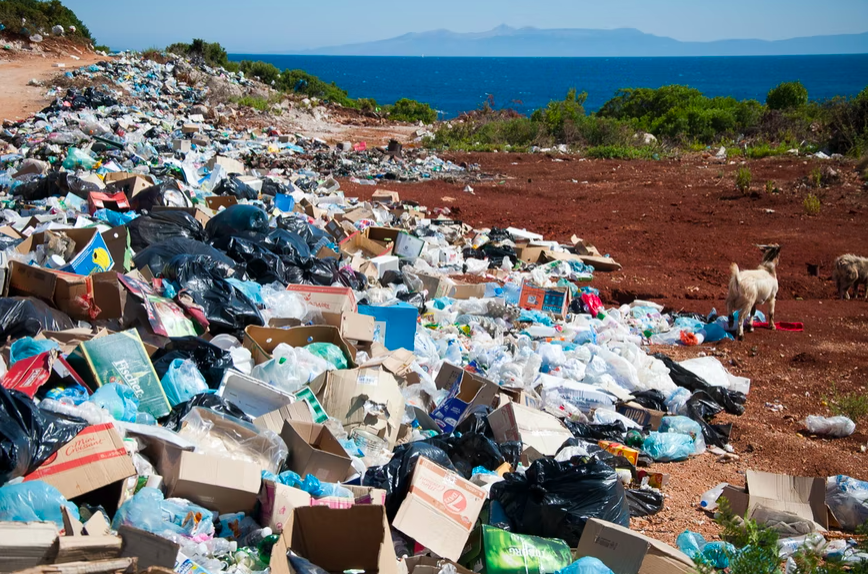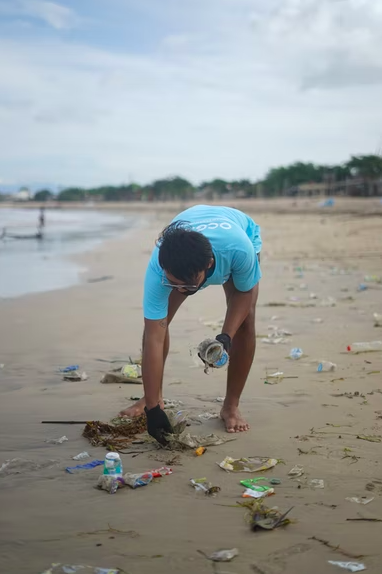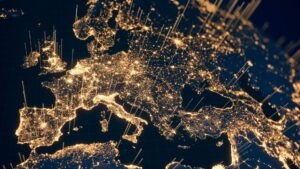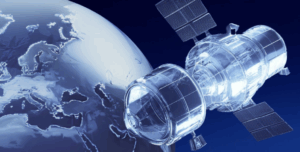
By: Tereza Bízková
Whether at political conventions or in pledges permeating popular culture, carbon emissions have gradually been crowned the single biggest problem our society faces.
The resolution to fight the source of catastrophic global warming has pervaded our hearts, company policies—and even the markets. As a result, the carbon credit sector expanded from $47 billion in 2017 to a staggering $261 billion in 2020.
As a result, the issue’s prominence has sparked fierce competition, with innovative tech solutions and regenerative projects flooding the space. On the other hand, there are industries that can benefit from having a similar awakening and getting involved in this market, recognizing their own problems to tackle within the space. One of them is best described by the question: What do we do with the 400,000,000 tons of plastic we produce every year?
Waste management, and plastic recycling specifically, is for a lack of opaqueness in its operations. With weak transparency and accountability mechanisms, most of the time, we are merely tiptoeing around the looming plastic pile-up. There could be a promising solution in sight, however: Enter the exciting world of NFT-powered plastic credits.
Life in plastic, it’s not fantastic
“The impacts of plastic pollution are significant across entire food chains and ecosystems, making their way to humans,” notes Molly Morse, project scientist at Benioff Ocean Initiative.
In 2016, the UN identified its 17 Sustainable Development Goals (SDGs). Out of those, four have a direct link to plastics: sustainable cities and communities, responsible consumption and production, life below water, and life on land.
Despite the consensus on the nature and gravity of our plastic problem, the solutions aren’t all that clear. When looking to offset our carbon footprint, we may think of planting trees. But what is the solution when it comes to offsetting our plastic pollution?

Recycling could be an obvious choice, yet only 9% of all plastic waste ever created has been recycled. If this wasn’t discouraging enough, the US Environmental Protection Agency (EPA) claims that even if you thoughtfully separate your waste, only some 35% of it actually ends up being recycled.
We’re in need of a waste renaissance—a new approach with incentives and trust at its heart. And this is precisely what André Vanyi-Robin, the founder and CEO of Nozama, set off to do. Seeing that the waste management space was ripe for disruption, he decided to venture into it.
“We learned quickly that if you want the industry to change, you can’t simply go and ask the stakeholders to innovate and update their systems,” Vanyi-Robin suggests. “It doesn’t work like that—but if you give them a revenue resource, that’s when they start to consider it.”
So, where did the opportunity lie? Recollection, being the first stage of waste management, is straightforward. But Vanyi-Robin was intrigued by the separation stage—the process of identifying what can be resold to recycling companies to create new products.
“In this second stage, they’re issuing invoices to sell waste. And that invoice is proof that a certain amount of plastic has been recovered and passed forward,” says Vanyi-Robin. And that’s where it gets interesting.
Marrying two universal concepts
Selling, and recording sales via invoices, is a concept common to nations and cultures alike. Having an invoice represented by a non-fungible token (NFT), though, opens a door of opportunity.
This is because NFTs leverage blockchain, an equalizer that enables easy value exchange across actors and locations. Most importantly, it advances new levels of accountability and traceability.
“The world is a whole hodgepodge of rules, standards, and legislations,” remarks Vanyi-Robin. “NFTs can drive uniformity in an industry that’s in urgent need of more transparency, and the best part is they do it in a way that’s voluntary and engaging,” he adds.
Simply put, NFTs can cure our sensation of powerlessness against the plastic threat while incentivizing recovery organizations and NGOs to generate greater impact.
“The key lies in accepting that we are consumption machines,” suggests Vanyi-Robin. “Then, we can start thinking about how to make our consumption more sustainable.”
Picking products and services from brands with a clear commitment to the environment is one way to do that. And that’s exactly what creates the demand for plastic credit NFTs.
In recent years, 85% of consumers have become “greener” in their purchasing. In business, this translates into an intriguing opportunity: Tracking the recovery of single-use plastics and transforming it into a powerful marketing tool, connecting brands with their customers over a shared cause.
“Nestlé is leveraging our technology to track the recovery of coffee pods, encouraging their customers to return used pods to the store. By weighing them and assigning them to a user profile, Nestlé’s marketing team can encourage them to enjoy recycling and achieve greater circularity at the same time,” notes Vanyi-Robin.
Art speaks to all of us
From entire blockchains built around impact or the Ocean Cleanup partnering with The Giving Block to accept crypto, there has been a lot of activity in the NFT space. Yet, the emotions generated by visual NFTs could unlock stronger and more novel connections.
The tokens represent a perfect medium to tell stories. “The relationships people have with brands aren’t based on balance sheets or reports,” shares Vanyi-Robin. “The fact that you choose a Coca-Cola instead of a Pepsi in a store isn’t guided by whether you read their annual CSR sheets. It’s something way more subtle—and NFTs can tap into that.”
Vanyi-Robin’s company, Nozama, has a product entitled Plastiks.io, which is an NFT marketplace that allows artists to upload their creation and link it to plastic recovery projects in countries such as India, Thailand, Brazil, Senegal, Kenya, or Costa Rica. Each token represents an amount of plastic recovered (one dollar = one kilogram) that an individual or a company can purchase to offset their consumption.
For artists, this means income, as well as impact. For consumers, it’s an alternative to other plastic recovery actions, such as attending a beach cleanup. And with gamification and additional utilities baked into the NFTs, it’s much easier to cultivate trust and engagement.
With various companies aiming for plastic neutrality by 2030, there’s a perfect storm for new solutions. In an ideal world, we would scrap plastics altogether and introduce materials that are reusable and compostable—but it’s going to take a while until we get there. In the meantime, we can create incentives around the waste we already have, and that’s where NFTs can come in and make an impact now.





